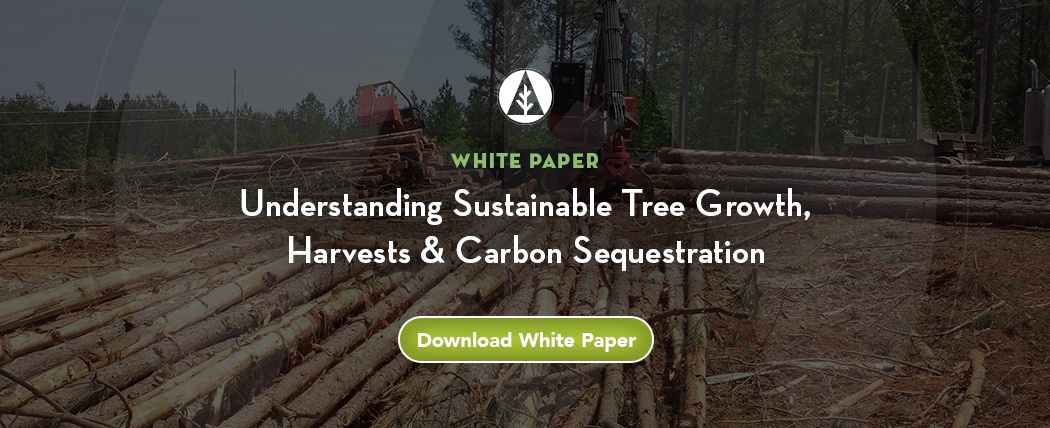1 min read
Wildfires and Climate Change: What Can Be Done After the Fire?
 Nick Smith
:
January 5, 2022
Nick Smith
:
January 5, 2022
.jpg)
It is estimated the average tree takes in 1.5 pounds of carbon dioxide and gives off roughly a pound of oxygen for every pound of wood grown. That’s why addressing climate change requires actively managing forests to maintain the healthy, growing trees needed to remove significant amounts of carbon dioxide from the atmosphere.
On average, one acre of new forest can sequester about 2.5 tons of carbon annually. Young trees absorb CO2 at a rate of 13 pounds per tree each year. But what happens after a wildfire?
I thought of this in November, when a group of protesters at the University of Oregon disrupted a presentation by Tyler Freres of Freres Lumber Co. as he spoke about the need to remove dead and dying trees after the state’s 2020 wildfires. The protesters held signs suggesting dead and dying trees are “Worth More Standing.” It’s worth pondering the question: Can leaving standing dead trees mitigate climate change?
In a report, researcher Dr. Thomas Bonnicksen found wildfires emit greenhouse gasses at a rate equivalent to 48 cars per acre. In this scenario, he suggested for every 21,000 acres burned, we’d need to take 1 million cars off the road and lock them in a garage for a year to compensate for the fire.
Interestingly, Dr. Bonnicksen, found the decay of the dead trees following a wildfire is more significant in affecting the climate than the fire itself. Of all the greenhouse gasses emitted from a typical wildfire event, he determined one quarter comes from fire combustion, and three quarters comes from post-fire decay. And the gasses- specifically the carbon dioxide, methane and nitrous oxide- can stay in the air for centuries.
We can help slow these post-fire carbon emissions by removing some dead and dying trees after the fire is out and locking up that carbon in building materials and other wood products. Quickly replanting after the fire can help accelerate regrowth and help bring the carbon cycle back in balance. It’s a climate solution that simply makes sense.
This post appears courtesy of guest blogger Nick Smith, who is Executive Director of Healthy Forests, Healthy Communities, a non-profit, non-partisan organization that is supported by individuals and businesses who are passionate about improving the health of our forests and the future of our rural, forested communities.





